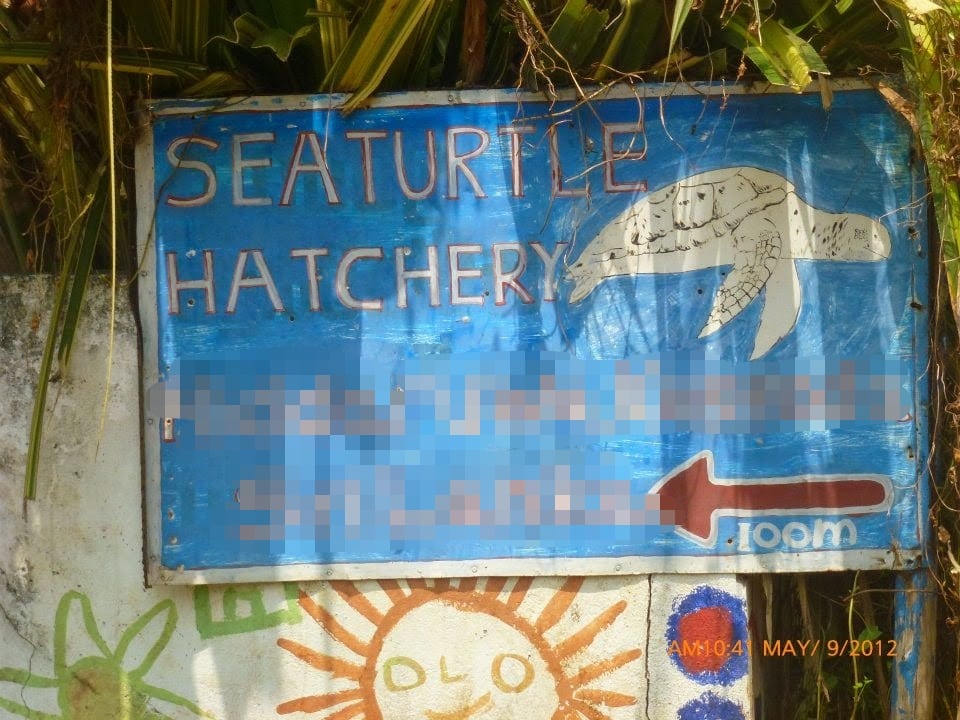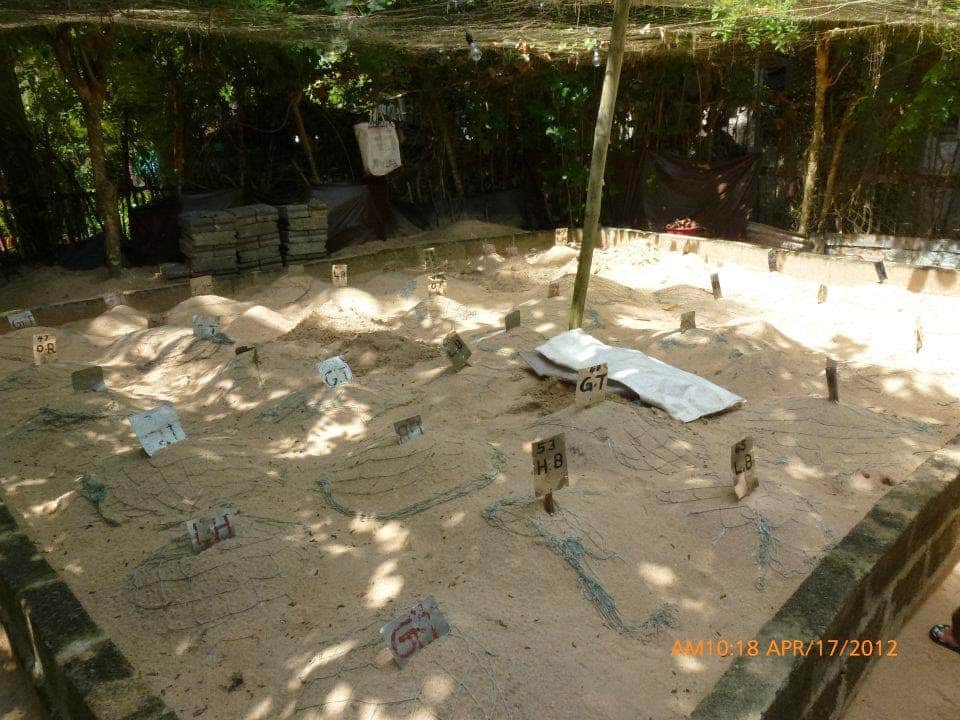Working with the environment and nature conservation can be a challenging and interesting experience, and each one of us has a unique yet ironically universal story waiting to be shared. Your story can inspire someone, build connections to like-minded people in similar situations, or just bring a smile to someone’s face.
Humans of Conservation is a segment started by the Conservation Optimism India team to capture the moments of joy and sorrow, hardships and successes and overall experiences in our world of conservation. We want to provide a platform for every voice to be heard. It is these stories we believe that will cumulatively make a positive impact for nature and for people’s lives. The following blog is a part of this initiative.
Follow us on Instagram @conservationoptimismindia for more interesting updates! Have a story to share? Get in touch with us at india@conservationoptimism.org.
Quite often as wildlife biologists or conservationists, we tend to forget about the interests of other humans. Especially if one is fresh off the boat equipped with a degree in biology and conservation. Conservation becomes all about saving whatever enigmatic flora, fauna or habitat that has caught the eye. It can easily blind one into not considering other denizens – the people – who are as much a part of the story as the species or habitat. It is easy to forget that people can be a potent force that can help write a conservation success story!
I belonged to this category not too long ago. Despite coming from one of the most populous countries on the planet, conservation for me was all about the non-human. A pure sciences Bachelor’s degree did not help much and even when I got the opportunity in my post-graduate years to address conservation with communities, I didn’t pay much heed. Despite a few lectures on community-based conservation, this aspect of conservation continued to elude me.
Near the end of my degree, I got an opportunity to study sea turtle conservation as part of my thesis. I had decided that I wanted to compare the efficacy of in situ and ex situ conservation of marine turtles. This took me to a country where hatcheries, an ex situ conservation strategy for turtles, were the rage. Being one of the most popular tourist attractions in the country, hatcheries were commonly found scattered all along its western coast. A hatchery is basically an enclosure, erected at a secure spot on a turtle nesting beach, where vulnerable nests are relocated in case in situ protection is not a viable option. Ideally, hatcheries are used as the very last resort to save turtle nests. The hatcheries in this region had gained notoriety as their practices were not scientifically sound and the primary intent behind their existence was more often tourism only! Despite that, there are many such establishments in this region that cater to thousands of tourists who get an opportunity to see this marine reptile up close without even getting wet.
As studying hatcheries was nearly half of my thesis, I decided to volunteer at one for data collection. I helped out in its maintenance and worked as a guide to educate tourists about information pertaining to sea turtle biology. This particular hatchery was divided into various zones; as soon as you entered, there was 1) a souvenir shop which led to 2) hatchlings’ tanks and 3) tanks for juvenile turtles (3-4 Nos.) on the left and 4) a sandy area where turtle nests were relocated to on the right. Further inside, there were 5) tanks for handicapped turtles and albino turtles along with a 6) turtle cleaning area. The most common species (nests and individuals) at the hatchery was the green turtle (Chelonia mydas), followed by the olive ridley turtle (Lepidochelys olivacea) and the hawksbill turtle (Eretmochelys imbricata).

Entrance to one of the many hatcheries that serve as ecotourism spots (Photo credit: Hina Morjaria).
To quantify conservation success, I measured reproductive success meaning how many turtles emerged from the nest and their fitness upon release for comparison. Therefore, any improvements that I could think of at the hatchery were mainly to do with the turtle population that it supported and not humans. Over time though, daily interactions with the hatchery workers led to a friendship where they would share stories about their life. These interactions made me realise just how dependent the workers were on the hatchery for their sustenance. It was also interesting to note that some of them used to poach turtle eggs, that were sold for consumption. However, they started working at the hatchery as the income there was stable. Even other poachers would now sell the eggs to the hatcheries which obviously benefitted both the poachers and the sea turtle population.
In addition to monetary gains, some of the workers, who had not even finished school, grew fluent in languages such as German, Hindi, French etc. purely because they had to interact with tourists from these countries. By providing employment to the local youth and attracting plenty of foreign tourists, the hatcheries also helped in boosting the local economy of the country. The souvenir shop also allowed women to earn some money through the sale of handicrafts to tourists.
One such conversation with the owner also revealed that his father had started the hatchery fearing that the uncontrolled egg consumption might reduce the turtle population drastically. The owner was emotionally attached to the turtles as well. He personally undertook cleaning and feeding of the handicapped turtles in his hatchery. Seeing him talk to one of the turtles while cleaning it made me realise how the two entities relied on each other. These hatcheries were the bridge where the two met and eventually served a dual purpose that was sea turtle conservation and livelihood provisioning for these coastal communities.
This connection filled me with optimism as it became evident that the hatchery workers cared deeply for the turtles and any suggestion that I would make towards improving the hatchery management would be well received. Armed with some good old emotional blackmail and print-outs of scientific papers to back my recommendations, I succeeded in convincing the owner to make a few changes such as reducing the number of hatchlings retained for tourism purpose, not allow tourists to touch hatchlings/turtles and not dividing up eggs from a single nest while reburying.

A crammed hatchling tank, a negative hatchery practice but a hit with the tourists (Photo credit: Hina Morjaria)
Through photographic evidence that the owner shared with me, I know he followed my recommendations until early 2015, after which I lost contact with him. During my time there, it was becoming evident that the purpose of the hatchery was evolving from being primarily conservation to being maybe more focused on economic gains. Moreover, the number of hatcheries in that region continued to grow over time as earning through tourism was an easier option (unfortunately, not at a time like the ongoing pandemic). As this form of ecotourism is not commonly practised in other countries, there are not many long-term examples that can help predict what might happen in the future. However, if the existing conditions at the hatcheries are modified, it could ensure that conservation is achieved in conjunction with poverty alleviation.
This experience definitely gave me a first-hand insight into how humans and wildlife were dependent on each other, the role humans played in conservation and to weigh each component equally. With the human population rising and conservation becoming a necessity, it will be important to leverage these connections humans have with wildlife in their backyards to ensure effective wildlife conservation and equal benefits to the dependent communities.

Hatcheries support a large number of turtle nests which, in turn, generate income for the employees (Photo credit: Hina Morjaria)


